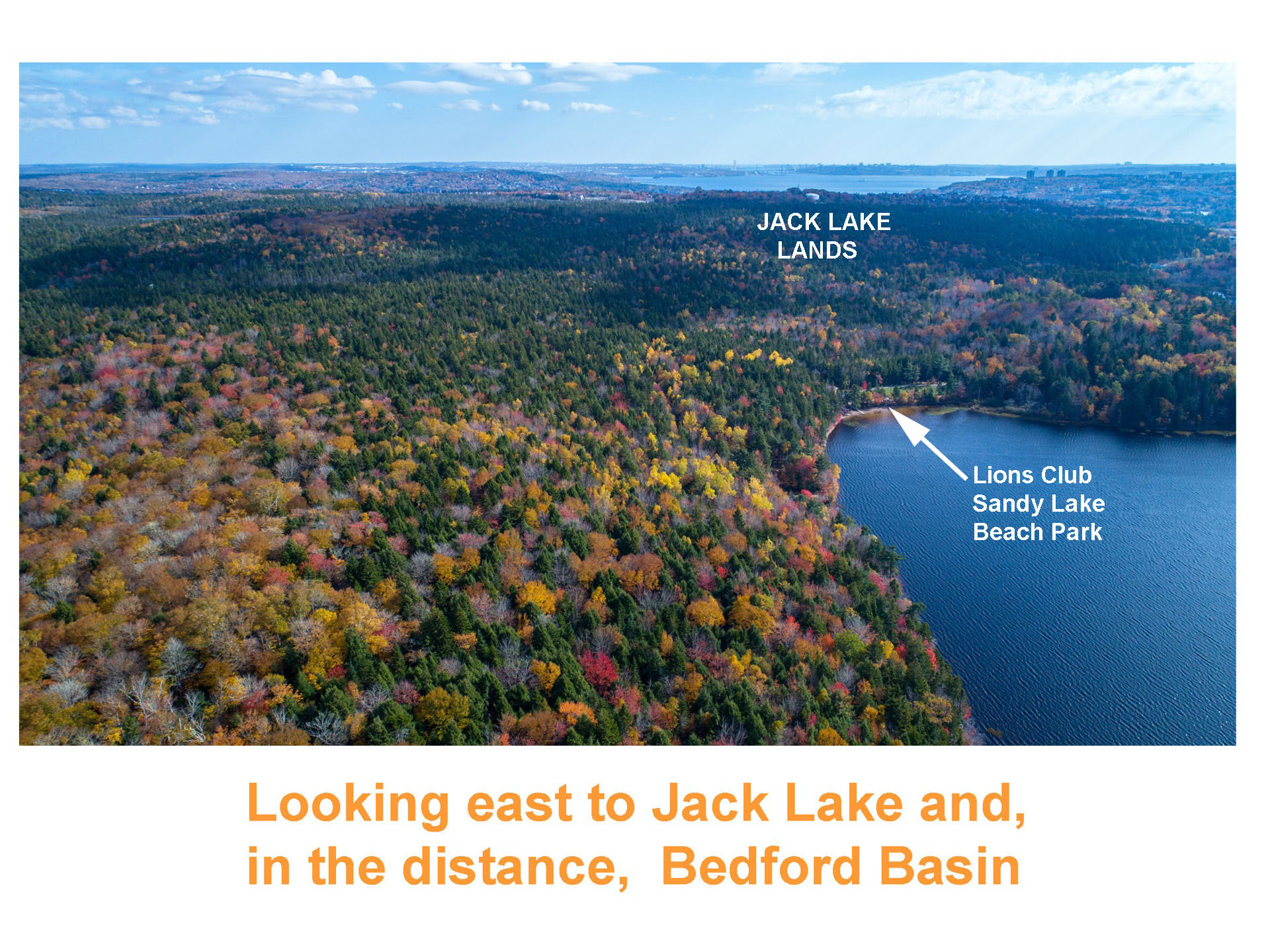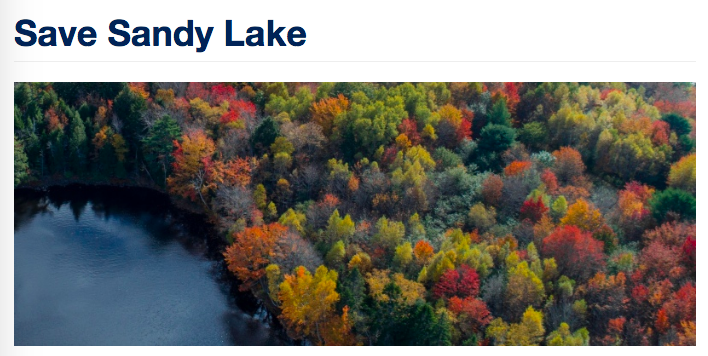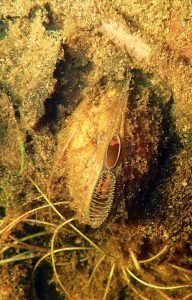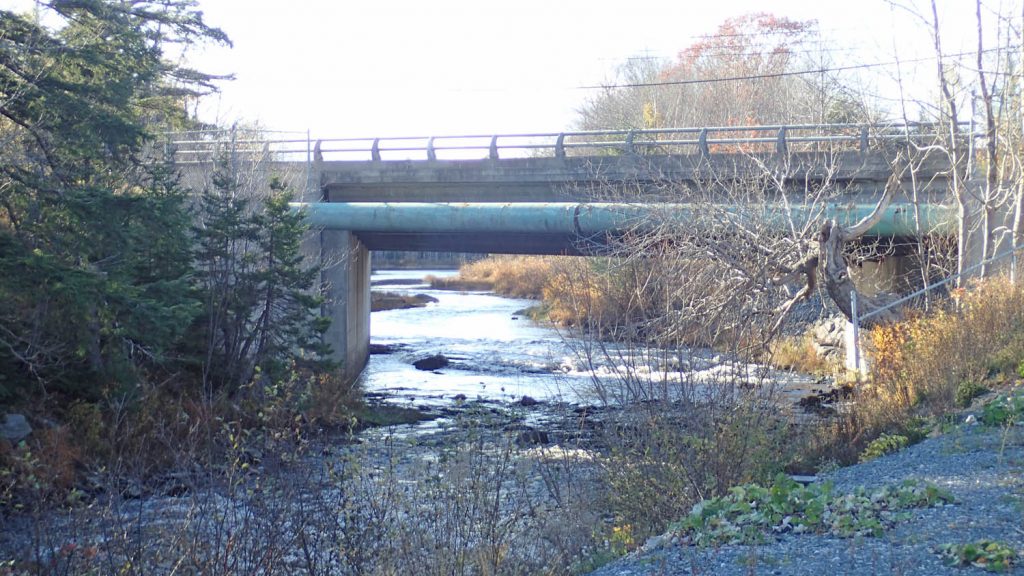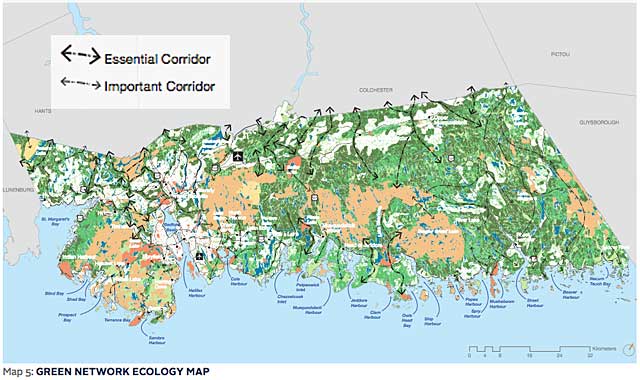Halifax regional Council Council will be debating the Park budget on Wednesday, January 29 at 9:30 am. Members of the public can speak for 5 minutes. Also, letters etc would be helpful.
The Green Network Plan was unanimously supported and brought communities together with a shared vision. While we we wait to act on this plan, we lose rich natural spaces, essential and important corridors, and opportunities for Haligonians to experience the benefits of nature, large areas of Sandy Lake & Environs amongst them. HRM’s Draft Capital Plan commits $500 thousand, with the same estimated in the following year to parks/wilderness land acquisition. This is less than in previous years and is clearly not enough to address the needs identified through the Green Network Plan.
Please attend this meeting and/or contact your councilor to express support for increasing the budget for parks/wilderness land acquisition.
The Budget Committee meeting starts at 9:30AM this Wednesday (29th). It will be in Council Chamber, 3rd floor, at City Hall (1841 Argyle).
For writing a letter or calling: you can contact the councillor representing your home address as well as any councillors representing the site of your projects. Make sure to Cc. the clerk’s office (clerks@halifax.ca/902.490.4210)
The agenda can be seen here. Public participation is the first major agenda item and should commence soon after the meeting is called to order.
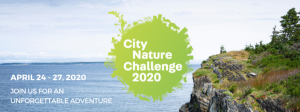 View iNaturalist page: City Nature Challenge 2020: The Maritimes Umbrella Project
View iNaturalist page: City Nature Challenge 2020: The Maritimes Umbrella Project
